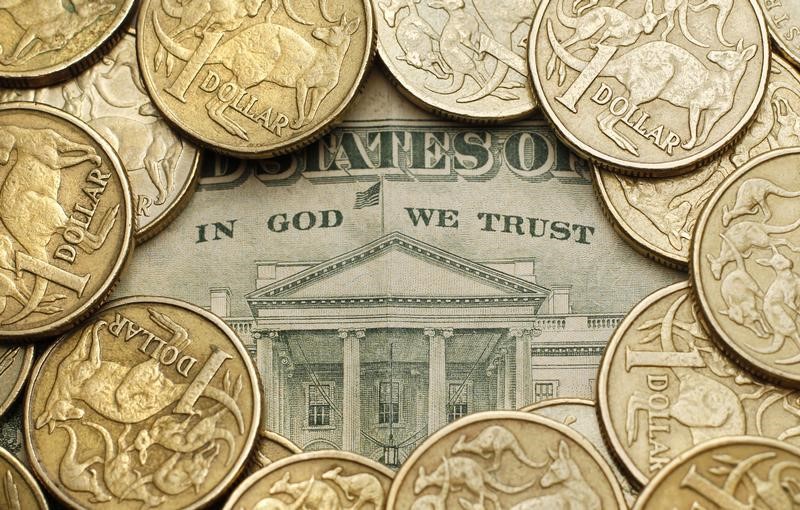By Wayne Cole
SYDNEY (Reuters) - Australian inflation looked to have been well contained in November while national house prices showed further signs of cooling, only reinforcing the case for interest rates to stay at historic lows for months to come.
The Reserve Bank of Australia (RBA) holds its last meeting of the year on Tuesday and is thought certain to keep rates at 2.5 percent as the A$1.6 trillion (871.58 billion pounds) economy deals with weakness in commodity prices and mining investment.
Data out on Wednesday are likely to confirm Australia is earning less for its resource exports even as it produces more, eating into corporate profits, household incomes and the government's taxation coffers.
Prices for U.S. crude tumbled to their lowest in over five years on Monday, while gold shed more than $40 <XAU/USD> in two sessions. Iron ore, the country's single biggest export earner, has been on the slide for pretty much all of 2014.
While analysts expect inflation-adjusted gross domestic product (GDP) grew a respectable 3.1 percent in the year to September, measures of incomes and spending in current dollars will be far more sober.
"The data will highlight that real outcomes remain decent, but the nominal economy, where we all live and pay taxes, could do better," said Michael Workman, a senior economist at Commonwealth Bank.
"Confidence is the missing ingredient."
Central bank officials have been on something of a verbal campaign to revive "animal spirits" among businesses and consumers, though with only tentative success so far.
Just last month, RBA Governor Glenn Stevens estimated there was enough slack in the economy that growth could run above trend for a couple of years without endangering inflation, a major reason policy was set to stay loose for some time yet.
HOUSING OFF THE BOIL
Survey evidence out on Monday underlined the benign outlook for inflation. The TD Securities-Melbourne Institute's monthly measure of consumer prices grew at an annual pace of 2.2 percent in November, near the floor of the RBA's long-term target band of 2-3 percent.
Figures from property consultant CoreLogic RPData showed dwelling prices over all of Australia's major cities dipped 0.3 percent in November from October, when the national index had risen 1.0 percent.
The result masked big differences in the cities with prices in Melbourne diving 2.6 percent for the month, while Sydney boasted a gain of 1.0 percent.
For the three months to November, prices rose a modest 0.8 percent with five of the eight capital cities recording falls. The annual pace of price growth slowed to 8.5 percent, the slowest for 2014 and down from a peak of 11.5 percent in April.
The moderation should be welcomed by policy makers concerned that a surge in borrowing to buy investment properties could lift prices to unsustainable levels.

Indeed, it might be enough to dissuade regulators from tightening lending standards as has been mooted in recent months.
(Reporting by Wayne Cole; Editing by Shri Navaratnam)